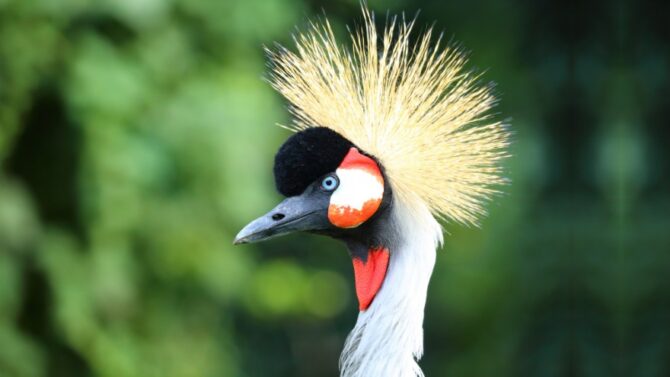The most dangerous animals in Jamaica include crocs, poisonous spiders, some fish, and other fascinating beasts, and you should avoid them as much as possible.
Jamaica is rich in music, food, culture, and the beauties of nature, including wildlife.
Land dwellers, sea creatures, insects, and even shellfish all make their home on this lovely island in the middle of the Caribbean Sea, where they feed and thrive quietly.
However, some of these beautiful creatures are known to be deadly to humans.
This article will discuss the top 10 Jamaica’s deadliest animals and some wildlife safety tips you should know.
What are the Most Dangerous Animals in Jamaica?
1. Sea Urchins
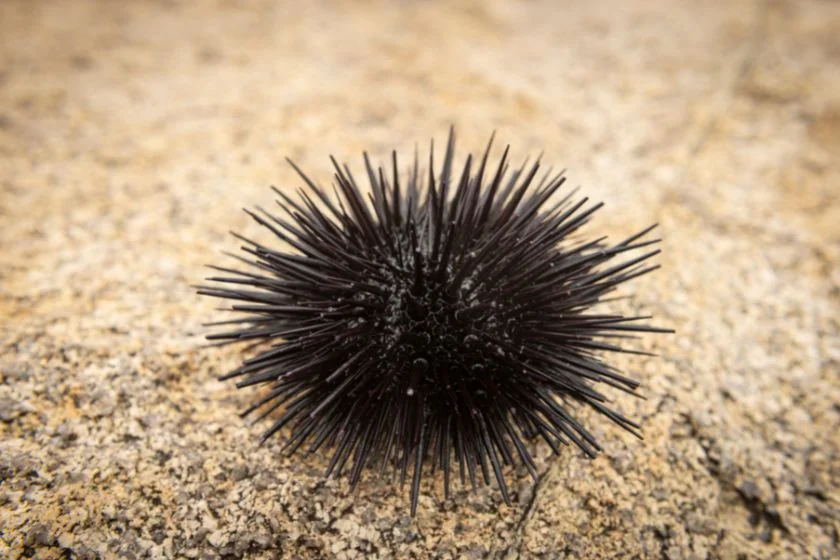
- Scientific name: Echinometraviridis
- Classification: Echinodermata
- Habitat: Sea floor, Rocks, Reefs
- Diet: Herbivores
- Conservation status: Vulnerable
The sea urchin is the first water-loving beast on the list of Jamaica’s most dangerous animals.
The needle-like spikes on its body contain toxic chemicals that cause fatigue, weakness, muscle aches, shock, paralysis, difficulty breathing, and even death.
Contact with sea urchin spines and venom might trigger a serious inflammatory reaction.
So be careful where you step when exploring the reefs because the sting from an urchin can be deadly.
2. American Crocodile

- Scientific name: Crocodylus acutus
- Classification: Reptile
- Habitat: Ponds, Coves, swamps
- Diet: Carnivores
- Conservation status: Least concern
The American Crocodile is the largest and one of the most dangerous reptiles in Jamaica.
The locals call it an alligator because they cannot tell the difference, but it’s a different animal from the alligator.
These Crocs can hide in plain sight and have a powerful bite that easily tears through flesh.
In Jamaica, they are often seen around the Black River. Cases of them attacking humans are rare.
However, when they occur, attacks are often fatal because of the size of these crocs.
The most recent report of an attack by a croc in Jamaica was in 2018, resulting in the death of a man.
3. Tiger Sharks
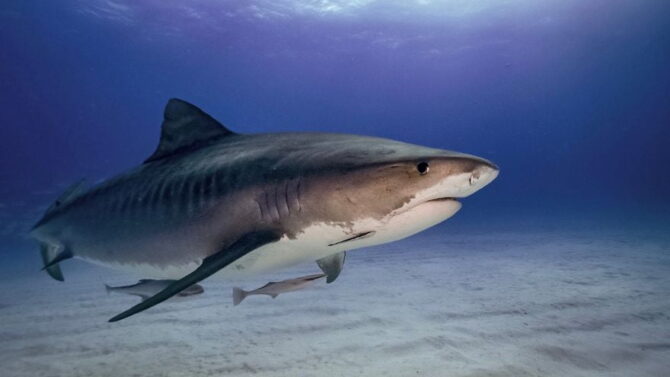
- Scientific name: Galeocerdo cuvier
- Classification: Fish
- Habitat: Rivers, Coastal areas
- Diet: Carnivores
- Conservation status: Vulnerable
The tiger shark, also known as the nurse shark, is one of Jamaica’s most familiar shark breeds.
Nurse sharks are usually protective of their young ones.
As much as they do not cause many problems, you must stay clear of their habitats because they might perceive the intrusion as an attack and react on instinct.
Tiger sharks can also attack without being provoked. Fortunately, tiger shark attacks in Jamaica are very rare.
There have only been 24 documented shark attacks since 1827. The latest case was an unconfirmed incident of death by a shark in 2018.
4. Scorpionfish
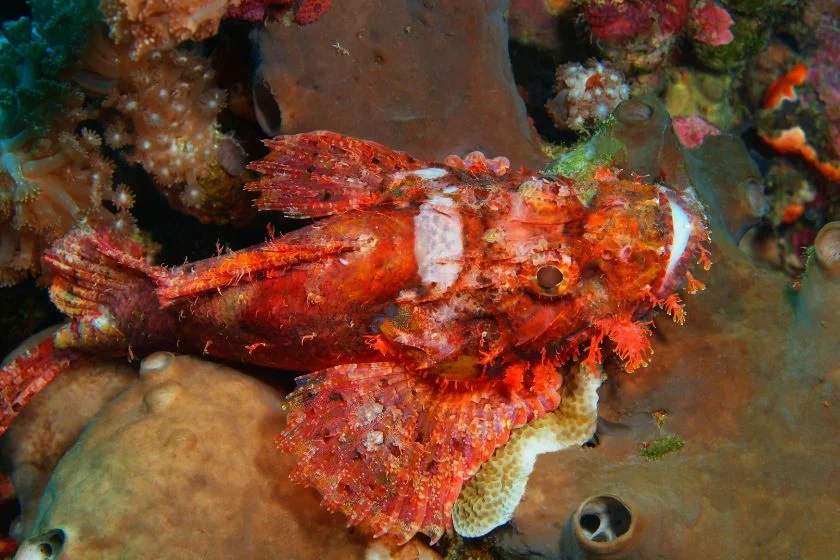
- Scientific name: Scorpaenidae
- Classification: Fish
- Habitat: Core reefs, Rocky areas
- Diet: Carnivores
- Conservation status: Least Concern
The scorpionfish is striking. Some people call it stonefish or rockfish.
Whatever the name, it is important to note that the scorpionfish is one of the most venomous fish in the world.
What this fish lacks in beauty, it makes up for in venom.
The scorpion fish is a master of disguise, and its mottled pinkish-grey form makes it difficult to see as it lies still amongst the rocks.
Hence, injuries occur when divers mistakenly step on it.
When the venomous spines pierce the skin, the victim will experience pain spreading along the stung limb.
Such injuries can be fatal if medical help is not provided immediately.
5. Stingray
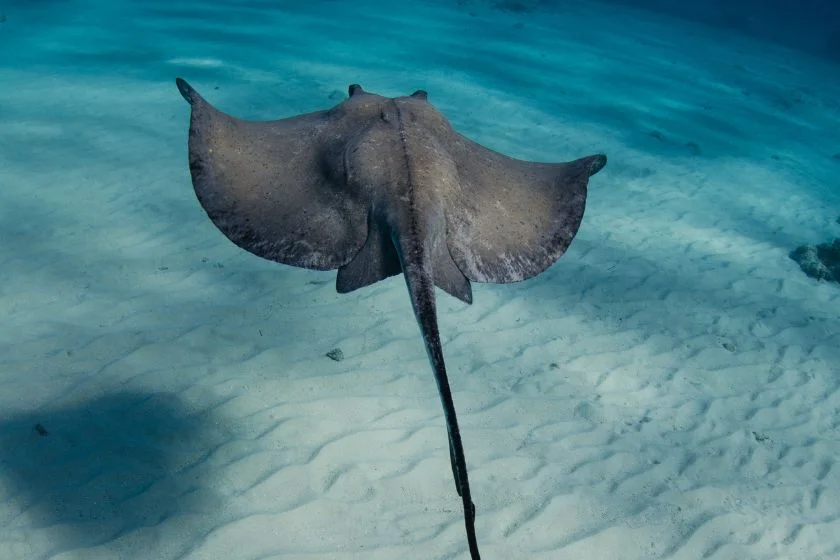
- Scientific name: Myliobatoidei
- Classification: Fish
- Habitat: Muddy riverbeds, coral reefs
- Diet: Carnivores
- Conservation status: Least concern
The Stingray is perhaps the most deadly animal in Jamaica, with venom in its bared tail.
Though they seem gentle, they are dangerous when disturbed in their habitat.
When bothered, the Stingray jabs its stinger at the base of its tail into its victim, causing convulsions, difficulty breathing, and ultimately, death.
The Stingray is probably most famous for killing legendary Australian zoologist Steve Irwin in 2006.
However, Stingray attacks are very rare as they are even pretty visible through the crystal-clear waters of Jamaica.
A whole marine park in Stingray City, Jamaica, is dedicated to getting folk in the water and swimming with the beasts.
6. Brown Recluse Spider
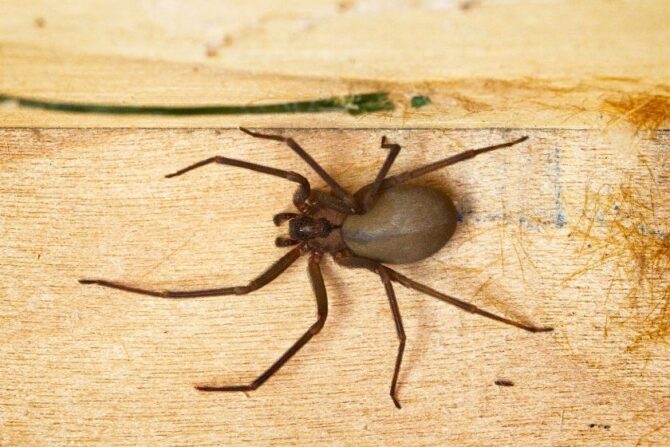
- Scientific name: Loxosceles reclusa
- Classification: Arachnid
- Habitat: Rock piles, rodent burrows, hollow tree stumps
- Diet: Carnivores
- Conservation status: Least Concern
The brown recluse is also known as the violin spider or fiddle-back spider because of the violin-shaped markings at the top front body section.
It may be the deadliest of all the animals in Jamaica not just because of its aggressive nature but also because of its bite, which has a powerful venom that destroys red blood cells causing generalized tissue damage.
Brown recluse spider likes to live in discreet, dark areas in rooms and boxes and rarely worn clothes and shoes.
The recluse spiders only bite when threatened, especially when trapped in clothing, like in the case of one unlucky woman who encountered the recluse in her bedsheets.
If you suspect that you have been bitten and experiencing constant pain in the affected area, seek medical attention quickly.
7. Giant Centipede

- Scientific name: Scolopendra gigantea
- Classification: Phylum
- Habitat: Crevices and corners
- Diet: Carnivores
- Conservation status: Least concern
The terrifying Scolopendra gigantea (the giant centipede), mostly known by local Jamaicans as forty legs, is the largest centipede species in the world.
Every local knows to stay clear of it. They are unpleasant animals to be around and can creep noiselessly into any corner.
The Forty leg bite injects a potent toxin that can be lethal in humans—people who this giant centipede has attacked experience swelling, cramps, and may die.
In Jamaica, you must stay away from giant centipedes as much as possible, and if you are bitten, seek medical help immediately.
8. Jellyfish
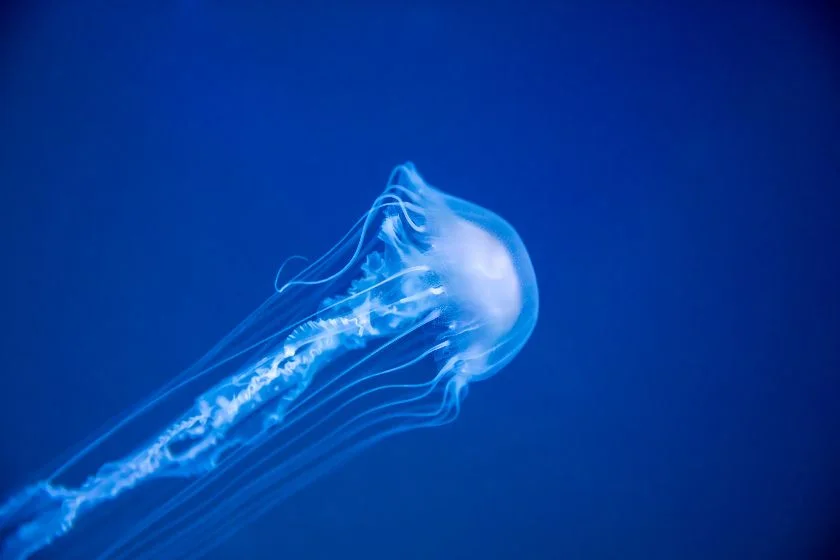
- Scientific name: Scyphozoan
- Classification: Fish
- Habitat: Coastal region
- Diet: Carnivores
- Conservation status: Least Concern
While many people worry about sharks and crocodiles when they go swimming, the jellyfish is another sea creature you should worry about.
That sting from the jellyfish can shorten your visit to this tropical island because it can be lethal.
Four individuals were reportedly stung by jellyfish at the Turtle Towers, Puerto Seco, and Priory beaches in 2010.
While none of the victims received life-threatening injuries, one described the injury as severe skin burning.
So, be mindful of these creatures when swimming in the coastal areas.
9. Lionfish
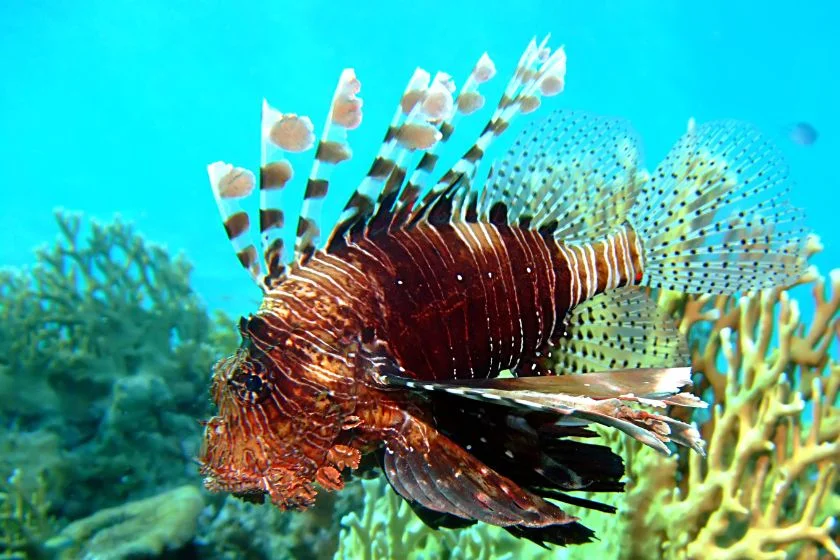
- Scientific name: Pterois
- Classification: Fish
- Habitat: Seagrass, coral reefs, artificial reefs, mangrove
- Diet: Carnivores
- Conservation status: Vulnerable
Previously scarce in the waters around Jamaica, the lionfish were first recorded on Jamaica’s north coast in 2008; they soon made their presence known in the Caribbean.
People have fun taking pictures of and swimming with the lionfish.
However, this fish breed can be dangerous because they have spikes and fronds, and their dorsal fin can inject venom into an unsuspecting victim.
Should you be lucky to see one of the beautiful stripy fish while swimming, keep your distance because if the poison is injected into the body, it can be fatal.
The Jamaicans, who avoided the fish initially because of its poisonous spikes, eventually discovered that it was tasty (and safe to eat).
Thankfully, excessive fishing has caused their numbers to decrease.
10. Wild Boar
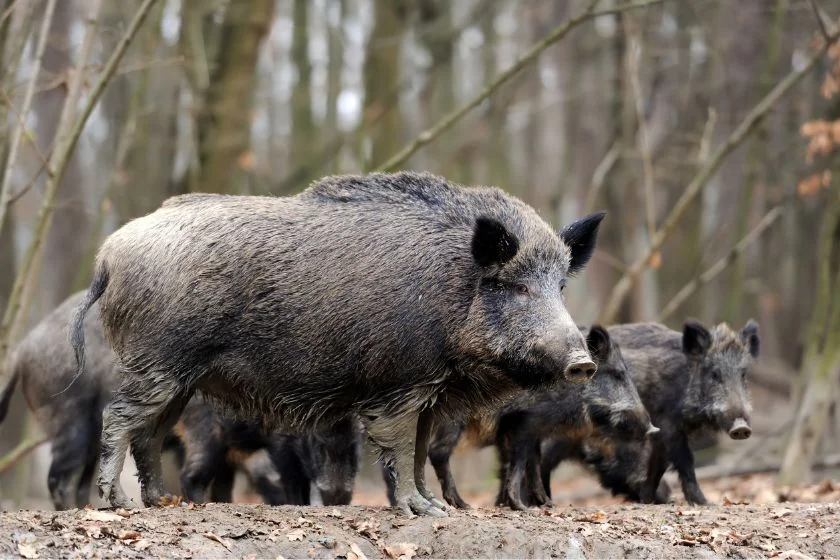
- Scientific name: Sus scrofa
- Classification: Mammal
- Habitat: Grassy savanna areas, shrublands, and marshy swamplands
- Diet: Omnivores
- Conservation status: Least concern
These screaming and hairy creatures are considered fearsome by most Jamaicans.
They are known for their brown hair, strength, and long, curved tusks; the wild boar is ruthless when threatened.
However, people usually track the wild boar in their habitats for food and fun.
Wild boars will protect themselves when chased, threatened, or injured; when they do, their curvy tusks can cause injury, loss of blood, and death.
So you may see a wild boar when you go hiking, and since they have learned to avoid humans, it may dash away through the greenery. Never try to pursue them.
Jamaica Wildlife Safety Tips
- Everyone should remember the first safety tip: behave according to tourism guidelines. Always follow instructions.
- Never dispose of your remaining food in the park because animals become dependent on these eatables, and with time, they become a threat to the tourists when hungry.
- Another way to get close to wildlife is to blend in with its environment. To do that, you should wear camouflage-type clothes. Always wear neutral colors, especially when going on sightseeing tours.
- Ensure you report any wounded animals to the proper authorities/tour guild. Even when wounded, do not touch the animal or go closer. They may act unconsciously.
- Always wash all cookware thoroughly after eating and store the remaining in an airtight container to avoid attracting wildlife.
- One way to keep yourself safe in this tropical paradise is to respect the animal’s privacy. Keep a distance of about 180 feet between you and them always. Please do not assume it is harmless because an animal is a herbivore.
Frequently Asked Questions
Does Jamaica have dangerous snakes?
The only dangerous snake native to Jamaica is the venomous common viper.
What kind of sharks can be found in Jamaica?
You can find the Hammerhead, the Caribbean reef, the nurse, and the bull shark in Jamaica. Fortunately, these sharks hardly attack humans except when provoked.
Does Jamaica have sea snakes?
Jamaica doesn’t have any sea snakes. The grass snake that lives around ponds or lakes is the closest it has to a sea snake.
What is Jamaica’s most dangerous animal?
The most dangerous animal in Jamaica is the brown recluse spider. A bite from this spider causes intense pain and if left untreated, possibly death due to the hemotoxic nature of its venom.
Wrap Up
To sum it up, you should remember that some of the most dangerous animals in Jamaica may be deadly when they encounter humans.
Therefore, please keep your distance from these creatures as much as possible.
The good news, however, is that fatal attacks in this tropical paradise are rare.
Next Up…
Discover the Most Dangerous Animals in Africa:


